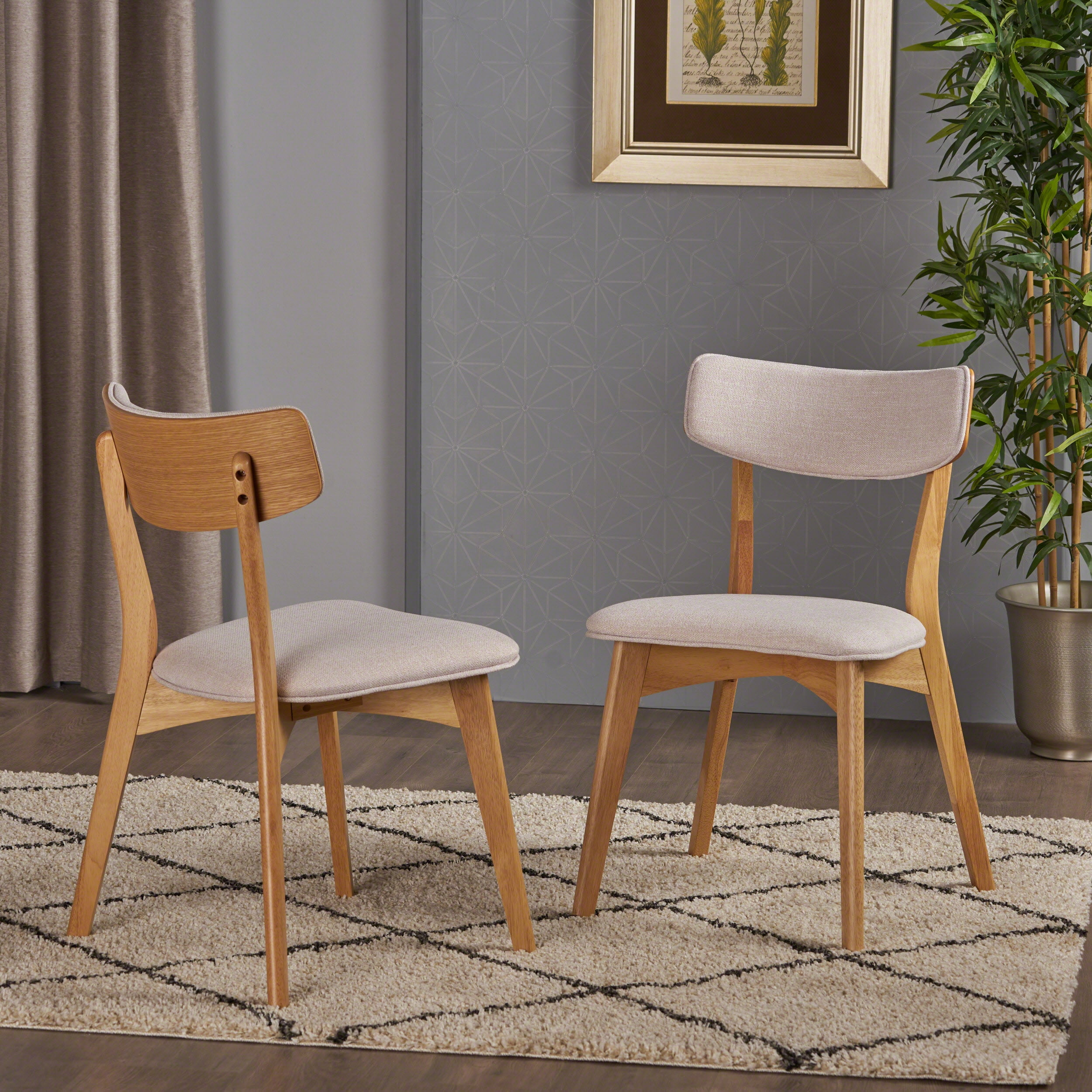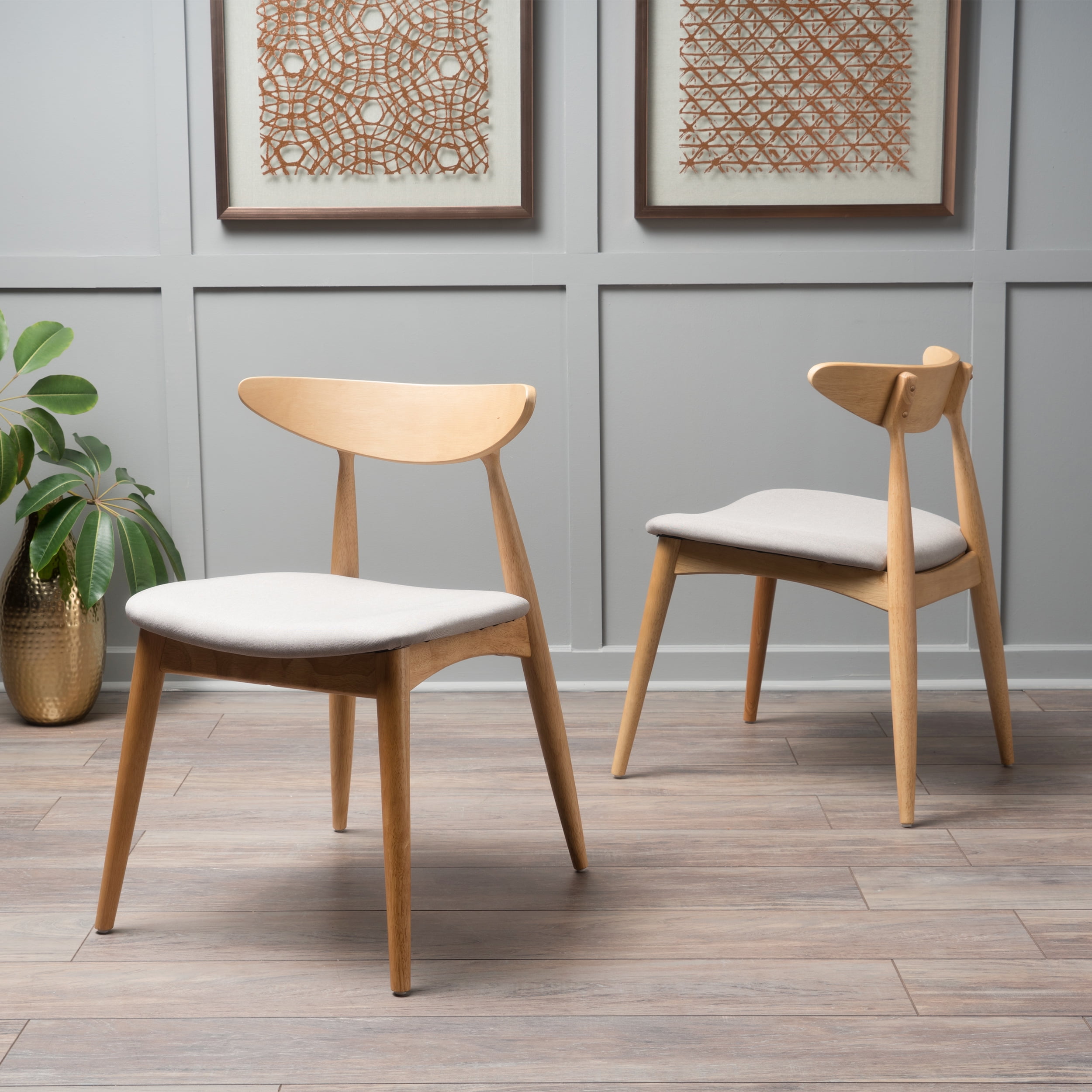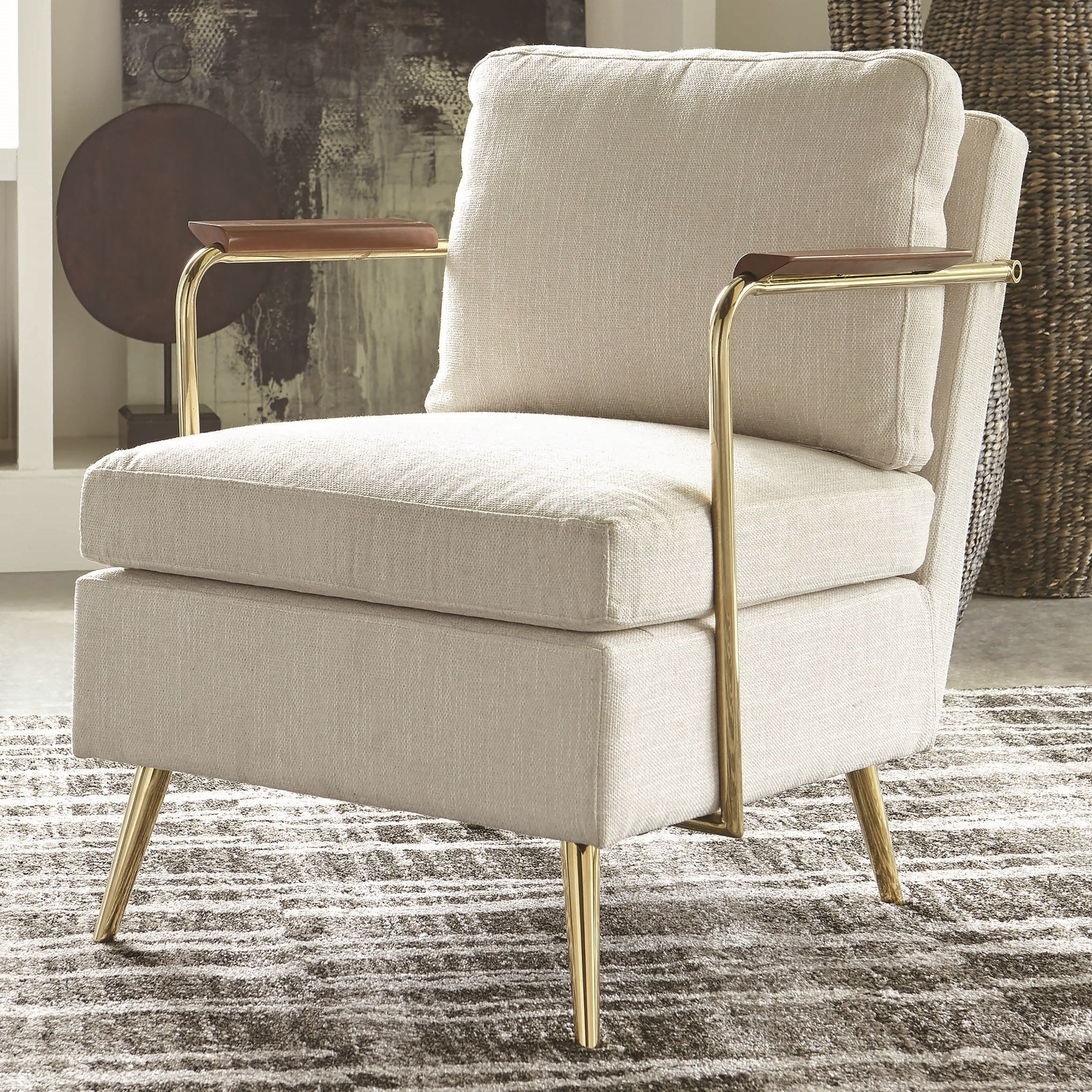History and Origins: Mid Century Modern 3 Legged Chair

The mid-century modern 3-legged chair stands as a testament to a design movement that embraced simplicity, functionality, and a connection with nature. It emerged in the mid-20th century, a time of post-war optimism and a burgeoning desire for new aesthetics that reflected the changing times.
Influence of Key Designers
The mid-century modern design movement was heavily influenced by a handful of visionary designers and architects who sought to redefine the relationship between form and function. Among them were Charles and Ray Eames, Eero Saarinen, and Arne Jacobsen, each leaving an indelible mark on the development of the 3-legged chair.
“The best design is as simple as possible, but no simpler.” – Charles Eames
- Charles and Ray Eames: The Eameses were pioneers of molded plywood furniture, a technique they employed to create iconic chairs like the Eames Lounge Chair and the Eames Molded Plastic Chair. Their work emphasized organic forms, comfort, and affordability. Their approach to design was driven by a belief that good design should be accessible to everyone.
- Eero Saarinen: Saarinen was known for his sculptural and minimalist designs. His Tulip Chair, with its single, pedestal base, revolutionized the concept of the chair leg, demonstrating that form and function could coexist harmoniously. Saarinen’s designs were often characterized by their smooth, flowing lines and a focus on creating a sense of lightness and airiness.
- Arne Jacobsen: Jacobsen, a Danish architect and designer, was a master of organic modernism. His Egg Chair and Swan Chair, both designed for the SAS Royal Hotel in Copenhagen, embodied a sleek, sculptural aesthetic. Jacobsen’s designs often incorporated natural materials, such as leather and wood, creating a sense of warmth and intimacy.
Types of Mid-Century Modern 3-Legged Chairs
The three-legged chair, a staple of mid-century modern design, embodies simplicity, elegance, and functionality. Its minimalist structure, often crafted from natural materials, seamlessly integrates with a variety of interior styles. This iconic design element, a testament to the era’s focus on form and function, continues to captivate contemporary audiences.
Types of Mid-Century Modern 3-Legged Chairs, Mid century modern 3 legged chair
The variety of mid-century modern 3-legged chairs reflects the diverse needs and aesthetic preferences of the era. These chairs were designed for a range of purposes, from dining and lounging to working and reading. Their unique designs and materials have made them enduring icons of modern design.
- Lounge Chairs: Designed for comfort and relaxation, lounge chairs often feature a low seat height, wide backrests, and plush upholstery. Notable examples include the “Eames Lounge Chair” (1956) by Charles and Ray Eames, known for its distinctive molded plywood shell and leather upholstery, and the “Barcelona Chair” (1929) by Mies van der Rohe and Lilly Reich, characterized by its steel frame and leather cushions.
- Dining Chairs: Dining chairs, often with a slightly higher seat height, are designed for comfort and functionality at the dining table. The “Cesca Chair” (1928) by Marcel Breuer, featuring a bentwood frame and woven cane seat, is a popular example.
- Side Chairs: Side chairs are versatile pieces, suitable for a variety of spaces. They often feature a simple design and minimal upholstery. The “Panton Chair” (1959) by Verner Panton, a one-piece molded plastic chair, is a classic example of a side chair.
Materials
The materials used in mid-century modern 3-legged chairs are integral to their design and aesthetics. The era’s emphasis on natural materials, such as wood, leather, and metal, reflects a desire for authenticity and simplicity.
- Wood: Wood, a popular material for mid-century modern furniture, is often used for the frame and legs of 3-legged chairs. The choice of wood, from walnut and oak to teak and rosewood, influences the chair’s color, grain pattern, and durability.
- Metal: Metal, particularly steel and aluminum, was also widely used in mid-century modern design. These materials provided strength, durability, and a sleek, modern aesthetic. The “Eames Wire Chair” (1951), with its distinctive wire frame, is a testament to the use of metal in mid-century modern furniture.
- Leather: Leather, known for its durability, comfort, and natural beauty, was often used for upholstery in mid-century modern chairs. The “Barcelona Chair” and “Eames Lounge Chair” are iconic examples of leather-upholstered chairs.
Notable Designers
The mid-century modern era saw the rise of iconic designers who revolutionized the world of furniture design. Their innovative designs, characterized by simplicity, functionality, and elegance, continue to inspire designers today.
- Charles and Ray Eames: The Eameses were a prolific design duo known for their innovative use of materials and their focus on ergonomics. Their iconic designs, including the “Eames Lounge Chair” and “Eames Wire Chair,” have become staples of mid-century modern design.
- Mies van der Rohe: Mies van der Rohe, a pioneer of modern architecture and design, was known for his minimalist aesthetic and use of industrial materials. His “Barcelona Chair,” a testament to his design philosophy, is considered a masterpiece of modern design.
- Marcel Breuer: Marcel Breuer, a pioneer of modern furniture design, was known for his innovative use of bentwood and steel. His “Cesca Chair,” featuring a bentwood frame and woven cane seat, is a classic example of his design philosophy.
Impact and Legacy

The mid-century modern 3-legged chair, a testament to simplicity and functionality, has left an indelible mark on furniture design, its influence resonating through the decades. Its enduring appeal lies in its timeless aesthetic and the way it seamlessly blends form and function, a testament to the design principles that continue to shape contemporary furniture trends.
Contemporary Furniture Inspired by Mid-Century Modern Designs
The enduring influence of mid-century modern 3-legged chairs is evident in contemporary furniture design, where designers continue to draw inspiration from their iconic forms and innovative structures. This inspiration manifests in various ways, from reinterpretations of classic designs to the adoption of key design principles that define the mid-century modern aesthetic.
- The Eames Lounge Chair, a timeless masterpiece, continues to inspire contemporary designs, with its iconic silhouette and luxurious comfort. The Eames Lounge Chair is a prime example of how mid-century modern design principles, such as simplicity, functionality, and organic forms, continue to resonate with contemporary designers.
- The Cesca Chair, with its elegant cantilevered design and minimalist structure, is another example of a mid-century modern chair that has left a lasting impact. Its simple yet sophisticated design has been reinterpreted by contemporary designers, resulting in chairs that embody the essence of the Cesca Chair while incorporating modern materials and techniques.
- The Barcelona Chair, designed by Mies van der Rohe, is another iconic mid-century modern chair that continues to inspire contemporary furniture design. Its sleek, minimalist form and luxurious leather upholstery have been reinterpreted in countless ways, with designers using a variety of materials and techniques to create chairs that capture the spirit of the Barcelona Chair while incorporating modern sensibilities.
Collecting and Restoration

The allure of mid-century modern 3-legged chairs extends beyond their aesthetic appeal. For many, the hunt for these iconic pieces is a captivating journey, one that blends history, design, and personal taste. Whether it’s a vintage Eames chair or a lesser-known Scandinavian design, the process of finding, restoring, and ultimately living with these chairs adds a unique layer to the collecting experience.
Mid century modern 3 legged chair – Collecting and restoring mid-century modern 3-legged chairs is a rewarding endeavor that involves both passion and knowledge. It’s a journey that requires careful research, discerning eyes, and a touch of patience. As you delve into this world, you’ll encounter a fascinating tapestry of design trends, craftsmanship, and historical context, all woven into the fabric of these timeless chairs.
Identifying Authentic Pieces
Navigating the world of vintage furniture can be challenging, especially when it comes to discerning authentic pieces from reproductions. To ensure you’re acquiring a genuine mid-century modern 3-legged chair, a keen eye and a bit of research are essential. Here are some key factors to consider:
- Manufacturer’s Markings: Authentic mid-century modern chairs often bear the manufacturer’s mark, often found on the underside of the seat or on the frame. These markings can include the company name, a design number, or a stamp indicating the year of manufacture. For example, an Eames chair will often have a label with the Herman Miller logo, a model number, and the year of production.
- Materials and Construction: Pay close attention to the materials used and the construction techniques employed. Mid-century modern chairs were often crafted from high-quality materials like solid wood, metal, and leather. The joints should be well-made, with no signs of weakness or amateur craftsmanship. For example, an authentic Eames chair will feature a strong, durable shell, often made of molded fiberglass or plywood, with a sturdy base.
- Design Details: Each designer had a distinct style, and their signature details often distinguish their work. For example, Eames chairs are known for their organic curves and minimalist forms, while Arne Jacobsen’s designs often feature a more geometric and functional aesthetic.
- Provenance: If possible, try to ascertain the provenance of the chair. Knowing its history can add to its value and authenticity. This might involve researching the previous owner or the location where the chair was originally sold.
Restoring and Preserving
Restoring a vintage mid-century modern chair is a delicate process that requires both skill and care. The goal is to bring the chair back to its original glory while preserving its historical integrity. This involves a series of steps, each requiring a gentle touch and an understanding of the chair’s materials and construction.
- Cleaning: The first step is to thoroughly clean the chair to remove dust, dirt, and grime. Use a soft cloth and a mild cleaning solution, avoiding harsh chemicals that could damage the finish.
- Repairs: If the chair has any structural damage, such as broken legs or loose joints, it’s important to address these issues before proceeding with the restoration. A skilled furniture restorer can use traditional techniques to repair the chair, ensuring that the repairs are both durable and aesthetically pleasing.
- Refinishing: If the chair’s finish is damaged or faded, you may need to refinish it. This can involve stripping the old finish, sanding the wood, and applying a new coat of stain or paint. It’s crucial to choose a finish that complements the chair’s original design and materials.
- Upholstery: If the chair is upholstered, you may need to reupholster it. This involves removing the old fabric, replacing the padding, and applying new fabric. It’s best to use high-quality materials that are compatible with the chair’s original design.
“The process of restoring a vintage mid-century modern chair is like giving it a second life. It’s about bringing back its beauty, its history, and its potential to inspire.”
Mid-Century Modern 3-Legged Chairs in Interior Design

The mid-century modern aesthetic, with its clean lines, organic shapes, and focus on functionality, continues to resonate with contemporary design sensibilities. A key element of this style, the 3-legged chair, embodies the spirit of the era, offering both practical and artistic value. These chairs, with their distinctive design, have become timeless pieces that seamlessly integrate into a variety of interior styles.
Incorporating Mid-Century Modern 3-Legged Chairs into Contemporary Interiors
The versatility of mid-century modern 3-legged chairs allows them to be incorporated into a wide range of contemporary interior design schemes. These chairs, often crafted from materials like wood, metal, or plastic, effortlessly blend with modern furnishings and décor. Their simple yet elegant design complements both minimalist and eclectic styles, adding a touch of retro charm without overpowering the overall aesthetic.
Complementing Different Interior Styles
- Minimalist Interiors: Mid-century modern 3-legged chairs, with their clean lines and understated design, complement the minimalist aesthetic. Their simple form and lack of excessive ornamentation create a sense of calm and order, enhancing the minimalist ethos of clean spaces and uncluttered surfaces. For instance, a pair of Eames DSW chairs in a neutral color like white or black can create a visually striking focal point in a minimalist living room, adding a touch of sophistication without disrupting the overall simplicity of the space.
- Eclectic Interiors: Mid-century modern 3-legged chairs can also be incorporated into eclectic interiors, adding a touch of vintage charm to the mix. Their distinctive design can act as a visual anchor, bringing together disparate elements and creating a cohesive and eclectic aesthetic. A vibrant, colorful Eames Lounge Chair placed in a corner of an eclectic living room can serve as a striking centerpiece, adding a pop of color and personality to the space.
Styling Mid-Century Modern 3-Legged Chairs in Various Interior Settings
Mid-century modern 3-legged chairs can be styled in a multitude of ways to create a unique and personalized look. Their versatility allows them to be used in various interior settings, from living rooms and dining rooms to bedrooms and home offices.
- Living Rooms: In a living room, a mid-century modern 3-legged chair can be used as an accent piece, adding a touch of sophistication to the space. A vintage Saarinen Tulip chair placed next to a modern sofa can create a striking contrast, showcasing the beauty of both classic and contemporary design. Alternatively, a group of three or four mid-century modern chairs arranged around a coffee table can create a cozy and inviting seating area.
- Dining Rooms: Mid-century modern 3-legged chairs can also be used in dining rooms, adding a touch of retro charm to the space. A set of four Eames DSW chairs, with their iconic design and comfortable seating, can create a stylish and functional dining set. The chairs’ simple design complements a variety of table styles, from sleek modern tables to rustic farmhouse tables.
- Bedrooms: In bedrooms, a mid-century modern 3-legged chair can be used as a reading chair or a vanity chair. A comfortable and stylish Eames Lounge Chair placed in a corner of the bedroom can create a cozy and inviting reading nook. A sleek and minimalist Cesca chair placed in front of a dressing table can add a touch of elegance to the space.
- Home Offices: Mid-century modern 3-legged chairs can also be used in home offices, adding a touch of sophistication to the workspace. A comfortable and ergonomic Eames Aluminum Group chair can create a stylish and functional workspace, while a vintage Knoll Barcelona chair can add a touch of luxury to the office.
The mid-century modern 3-legged chair, often characterized by its sleek lines and minimalist design, is a timeless classic. These chairs, with their focus on functionality and elegance, have inspired many contemporary designs, such as the living accents monaco swivel chair brown , which incorporates a modern swivel function for added comfort and versatility.
While the Monaco chair may not have the same iconic status as the Eames Lounge Chair, it reflects the enduring appeal of the mid-century modern aesthetic, proving that the design principles of that era continue to influence furniture trends today.
The mid-century modern 3-legged chair, often featuring a minimalist design with a focus on functionality, complements a variety of interior styles. For a touch of timeless elegance and comfort, consider pairing it with a grey tweed accent chair. The textured fabric of the accent chair provides a warm contrast to the sleek lines of the 3-legged chair, creating a visually appealing and inviting seating arrangement.
